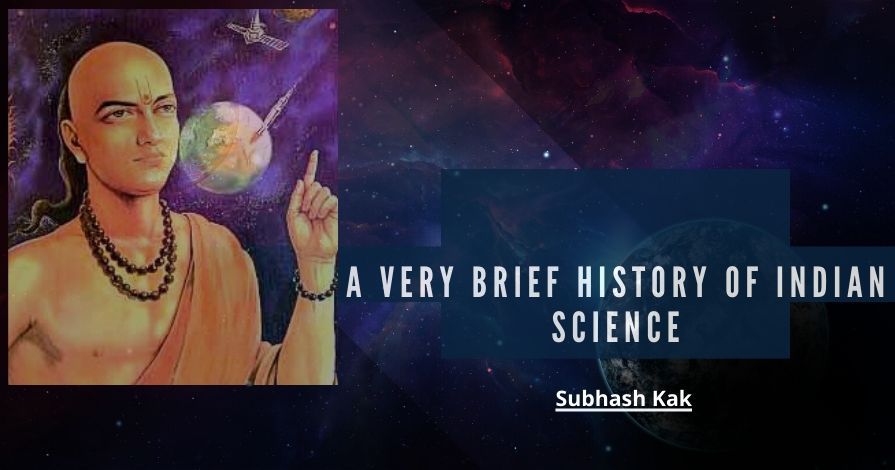If some one says, it is an act of chest thumping….I love such comments.
A Very Brief History of Indian Science

Ancient Indian views of the universe and space are more subtle than the corresponding Western vi
India’s civilization valued science and knowledge above all and some of the most extraordinary scientific advances took place there.
The annual Indian Science Congress, which just concluded, had its usual share of controversies about the history of Indian science and I have been asked to weigh in. It so turns out that I did precisely that in a brief account titled “Science” for Stanley Wolpert’s Encyclopedia of India(2005) and since that is freely available online, I shall be more selective of themes in this revision of the previous essay[1][2]. This account does not include the modern period for which many excellent histories exist.
Indian archaeology and literature provide considerable layered evidence related to the development of science. The chronological time frame for this history is provided by the archaeological record that has been traced, in an unbroken tradition, to about 8000 BCE. Prior to this date, there are records of rock paintings that are considerably older[3]. The earliest textual source is the Ṛigveda, which is a compilation of very ancient material. The astronomical references in the Vedic books recall events of the third or the fourth millennium BCE and earlier. The discovery that Sarasvati, the preeminent river of the Ṛigvedic times, went dry around 1900 BCE, if not earlier, suggests that portions of the Ṛigveda may be dated prior to this epoch.

 www.pgurus.com
www.pgurus.com
A Very Brief History of Indian Science
Ancient Indian views of the universe and space are more subtle than the corresponding Western vi
India’s civilization valued science and knowledge above all and some of the most extraordinary scientific advances took place there.
The annual Indian Science Congress, which just concluded, had its usual share of controversies about the history of Indian science and I have been asked to weigh in. It so turns out that I did precisely that in a brief account titled “Science” for Stanley Wolpert’s Encyclopedia of India(2005) and since that is freely available online, I shall be more selective of themes in this revision of the previous essay[1][2]. This account does not include the modern period for which many excellent histories exist.
The Vedic texts assert that the universe is governed by Rita (laws) and that consciousness transcends materiality. The universe is taken to be infinite in size and infinitely old.
Indian archaeology and literature provide considerable layered evidence related to the development of science. The chronological time frame for this history is provided by the archaeological record that has been traced, in an unbroken tradition, to about 8000 BCE. Prior to this date, there are records of rock paintings that are considerably older[3]. The earliest textual source is the Ṛigveda, which is a compilation of very ancient material. The astronomical references in the Vedic books recall events of the third or the fourth millennium BCE and earlier. The discovery that Sarasvati, the preeminent river of the Ṛigvedic times, went dry around 1900 BCE, if not earlier, suggests that portions of the Ṛigveda may be dated prior to this epoch.

A Very Brief History of Indian Science - PGurus
Ancient Indian views of the universe and space are more subtle than the corresponding Western views.
 www.pgurus.com
www.pgurus.com
